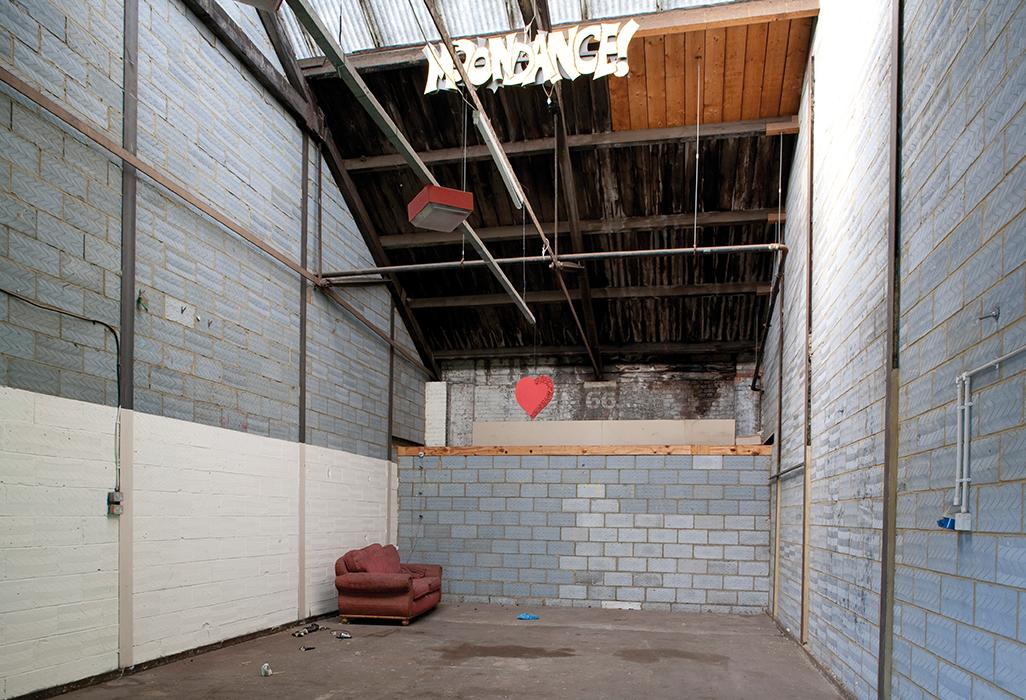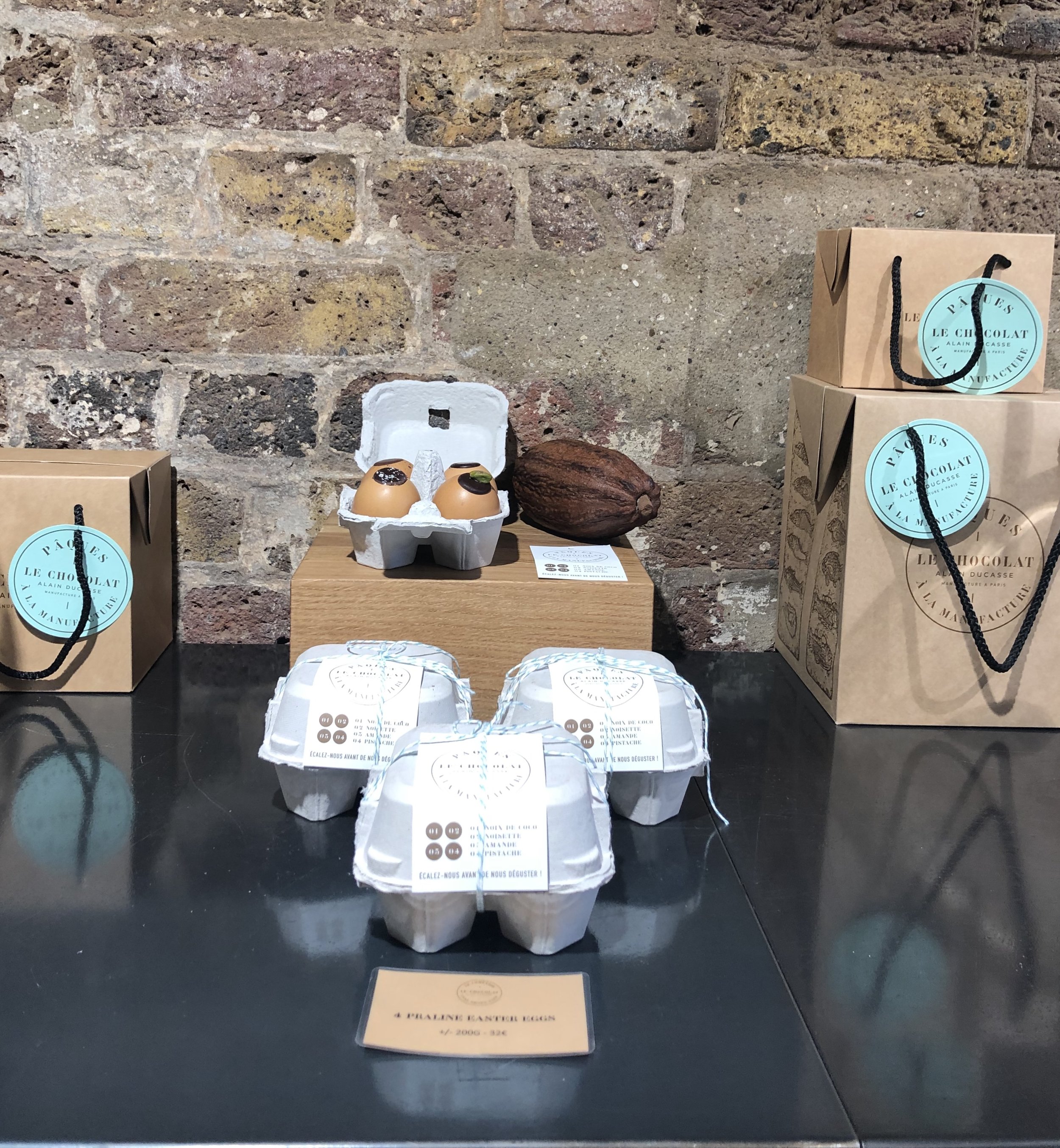I’ve just returned from London and one of the benefits of visiting annually is always discovering something new and unexpected. On this trip I came across the Coal Drops Yard revived and remodeled into a shooping district located at King’s Cross. I remember it being a very dank and derelict neighborhood of old disused railway warehouses that gained infamy as ” the beating heart of the ecstasy-fuelled club scene in the 1980s.”
Until the 1800s goods arrived to central London’s ports via waterways which typically took weeks to reach their destination. With the advance of rail travel goods including tobacco, potatoes and furniture arrived at King’s Cross station within hours rather than weeks.
Victorian London was powered by coal that was stored on three vast floors at the Coal Drops Yard. By the the late 1800s as coal storage was moved across the canal the Coal Drops Yard location was used for warehousing. By the 1930s it evolved into a glass bottling facility, then fell into disuse and revived in the 1980s as the epicenter of aforementioned rave parties.
Fast forward to 2018 and the area has morphed into an of-the-moment shopping district with most of the original industrial architecture intact and focused on local, independent and heritage brand stores. The Iconic Granary complex built in 1852 and restored by Stanton Williams Architects houses the relocated Central St Martins Arts College, Platform Theater and Leathaby Gallery, flanking its perimeter. With its picturesque canal and numerous cyclists I was reminded of Amsterdam.
The Granary Complex at the entry of Coal Drops Yard
The original interiors where coal was collected
A lone sofa leftover from the heady rave parties
Coal Office restaurant outfitted with accessories and lighting in collaboration with Tom Dixon…coalofficerestaurant
Coal Office serves contemporary inventive Middle Eastern cuisine family style in a convivial atmosphere
Enjoying a moment with Coal Office Chef Assaf Granit
Artisan Easter eggs to be paired with a unique selection of coffees at Le Cafe Alain Ducasse lecafe-alainducasse.com
Easter eggs as real eggs - ingenious
Paul Smith’s eclectic men’s and women’s apparel, accessories, gifts and art…paulsmith.com
Basquiat skateboards from Paul Smith
Lavenham is a heritage brand that’s been making quilted gilets and jackets originally worn by jockeys since 1969 - lavenhamjackets.com
I found the navy gilet irresistible!
Luxury lighting, furniture and accessories designer Tom Dixon shows off his entire collection in 3 adjoining spaces combining studio workshop and office…tomdixon.net
Trained in France British perfumer Lyn Harris creates bohemian fragrances and candles based in botanicals this wall art is amazing! millerharris.com
Miller Harris rainbow sprinkled marble counter
Beautiful furnishings in a rich variety of colors, patterns and textures from French interiors Caravane caravane.fr
Caravane Homegoods






















